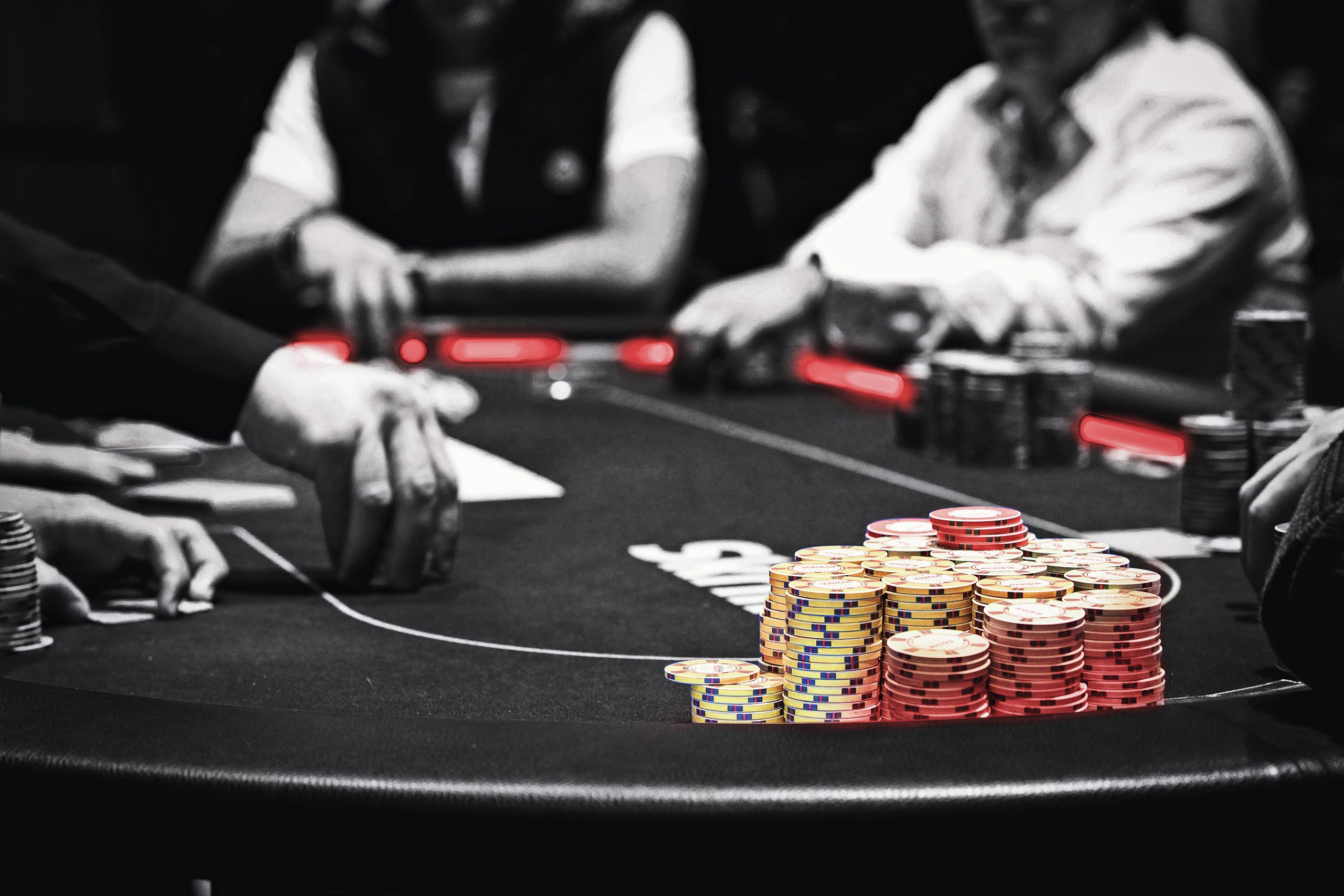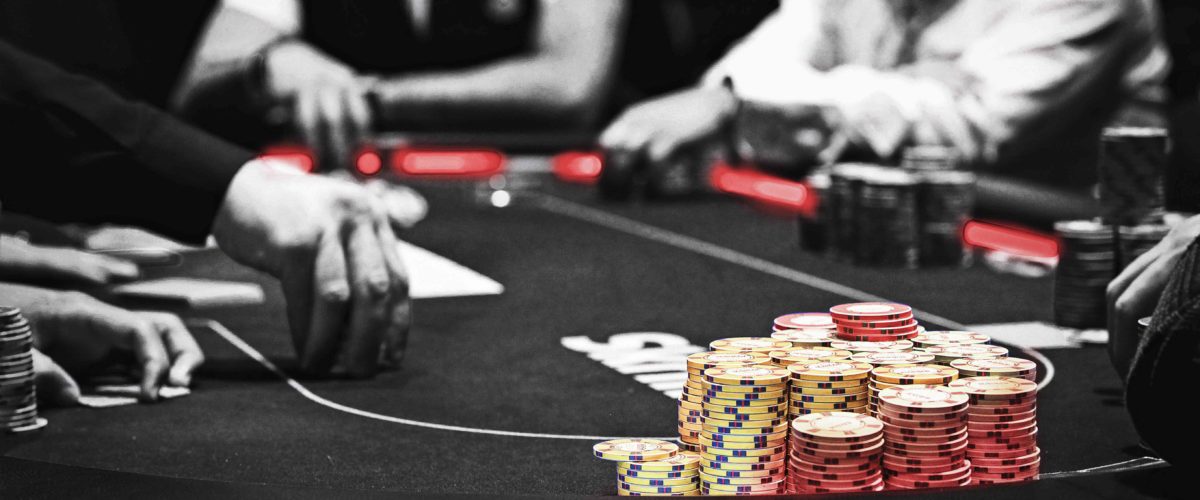The Early Stage – Post-Flop
The flop is a decisive moment in Hold’em, and the really important decisions are made here.


Just like the preflop game, the post-flop game is also very tight. In general, we can keep to the basic recommendations made in earlier courses. Nevertheless, let’s look at some special situations.
Heads-up on the flop
Preflop Aggressor
As the preflop aggressor we should make a continuation bet regardless of the flop and our position. How much to bet is a question of playing style; a continuation bet will normally be ½ to ¾ of the pot.
Not the Aggressor, Out of Position
If we hadn’t grasped the initiative preflop (i.e. we only called another player’s bet), then as a rule we should fold weak hands when we’re out of position. With strong hands we can decide whether to:
- check/call,
- check raise, or
- bet out.
Check/call has the advantage of keeping the pot small and avoiding a re-raise if the hand isn’t strong enough.
Not the Aggressor, in Position
If we are not the aggressor and in position, we have considerably more opportunities for playing our own game, but normally, we should still fold a weak hand.
With strong drawing hands like flush draws and straight draws it’s a good idea to vary one’s game. Let’s assume that the preflop aggressor has made a continuation bet: we now have the following options:
- We can semi-bluff (raise), in which case we should usually also bet the turn if our opponent checks it.
- We can also simply call on the flop and wait to see the turn card. If this is helpful, we can then bet on the turn or raise our opponent’s bet.
With very strong hands such as top pair/top kicker or better we also have various options:
- If our opponent checks we should always bet, for the simple reason that the pot is still relatively small and we want to generate a big one. We can make a classic value bet here.
- If our opponent makes a continuation bet on the flop we should vary our game: sometimes we’ll call, at other times we’ll shoot back with a raise.


Multiway flops
With the Initiative
If we didn’t hit on the flop there’s not usually much point in betting if we have several active opponents. This applies even more so if we’re out of position.
However, if we’re holding a strong hand we should always bet on the flop. It’s a big mistake to risk everybody checking when we’re playing a strong hand against several opponents. This gives away a free card, which could in the end give an opponent a better hand.
Without the Initiative
We should always fold weak hands, especially when we’re playing against several opponents. Playing on with hands such as small or medium pairs is a common beginner mistake. Good hands, though, should be protected against drawing hands by means of bets and raises.
Drawing hands can often be played very well against several opponents. The reason for this is that the pot odds are better when several players call, and we will possibly win more chips if we hit our draw.
Limped Hands
In the early phase, merely calling before the flop is quite legitimate.
Similarly, in an early position we can call with a variety of hands. Among these are small and medium pairs, suited connectors, and even hands such as A♥ Q♥ or K♦ Q♦ . Another possibility is calling when one or more players have already called before us. Depending on our position, we can do this with a lot of hands, particularly when we’re on the button and several other players have called, we can limp with just about any cards.
If we’re in middle or late position, the players before us have folded, and we decide that we want to play the hand, then as a rule we should raise.
In limped pots we should only continue playing if the flop is extremely good for us. It is hardly worthwhile bluffing in these pots because they’re very small and it’s difficult to gauge the opponents’ hands as the range of limped hands is extremely broad.
Small pairs are especially suitable for limping, if possible when other players are already in. However, small pairs must always be folded if we don’t hit our trips.
Turn and River
On the turn, the pot is often very big in relation to our remaining effective stack.
“Effective stack size” is the term for the size of the stack of the player with the fewest chips who is active in that hand. If, for example, there are still three players left in the hand and player 1 has 1,000 chips, player 2 has 500 chips, and player 3 has 200 chips; the effective stack size is 200 chips.
Rule: if the remaining effective stack is the same size as or smaller than the current pot, it is (almost) always right to play all-in if we want to bet again.
When the effective stack is small
With a strong hand we should always bet or go all-in. The aim is to get paid for our good hands. Especially in tournaments we will always see players who throw their chips around carelessly and who will also pay us if we show strength. The goal is of course to win as many chips as possible with our good hands.
With a weak hand we must weigh up whether we want to go all-in or not. This problem can be solved mathematically:
Assuming that the effective stack is exactly the same size as the pot and we’re sure that we won’t win the pot if we’re called, our opponent must fold at least half the time in order to make the push profitable.
When the effective stack is very big
If the effective stack is still very big in relation to the pot then the game becomes much more complex, especially if we’re out of position.
- In Position: in some cases it’s right to check even strong hands such as overpairs on uncoordinated boards. The reason for this is simply that we don’t want to make the pot too big, and we thus avoid making a difficult decision if our opponent raises.
On coordinated boards there would be less sense in checking because if our opponent is holding a draw he would accept the free card right away.
- Out of Position: we should often play carefully if our opponent shows a lot of strength, even when we’re holding strong hands such as top pair. This keeps the pot small but doesn’t stop our opponent from continuing a bluff. The disadvantage is that our opponent may use the opportunity to get a free card, or even that he ends up making a better hand after a (cheap) turn bluff.
Multiway
If there are several opponents in the pot, we must obviously play more carefully. Draws with which we called the flop – but which haven’t hit – will lose considerable value on the turn because only one more card will be dealt. We should fold our draws on the turn against bets that constitute a substantial percentage of our stack and of the pot.
We should continue playing very strong hands such as sets and top two pair aggressively.
The main aspect of playing in the early stages of tournaments is to simply win chips with your very strong hands and at avoid marginal situations as far as possible. It’s a marathon, not a sprint.
Test your knowledge with our short quiz below


